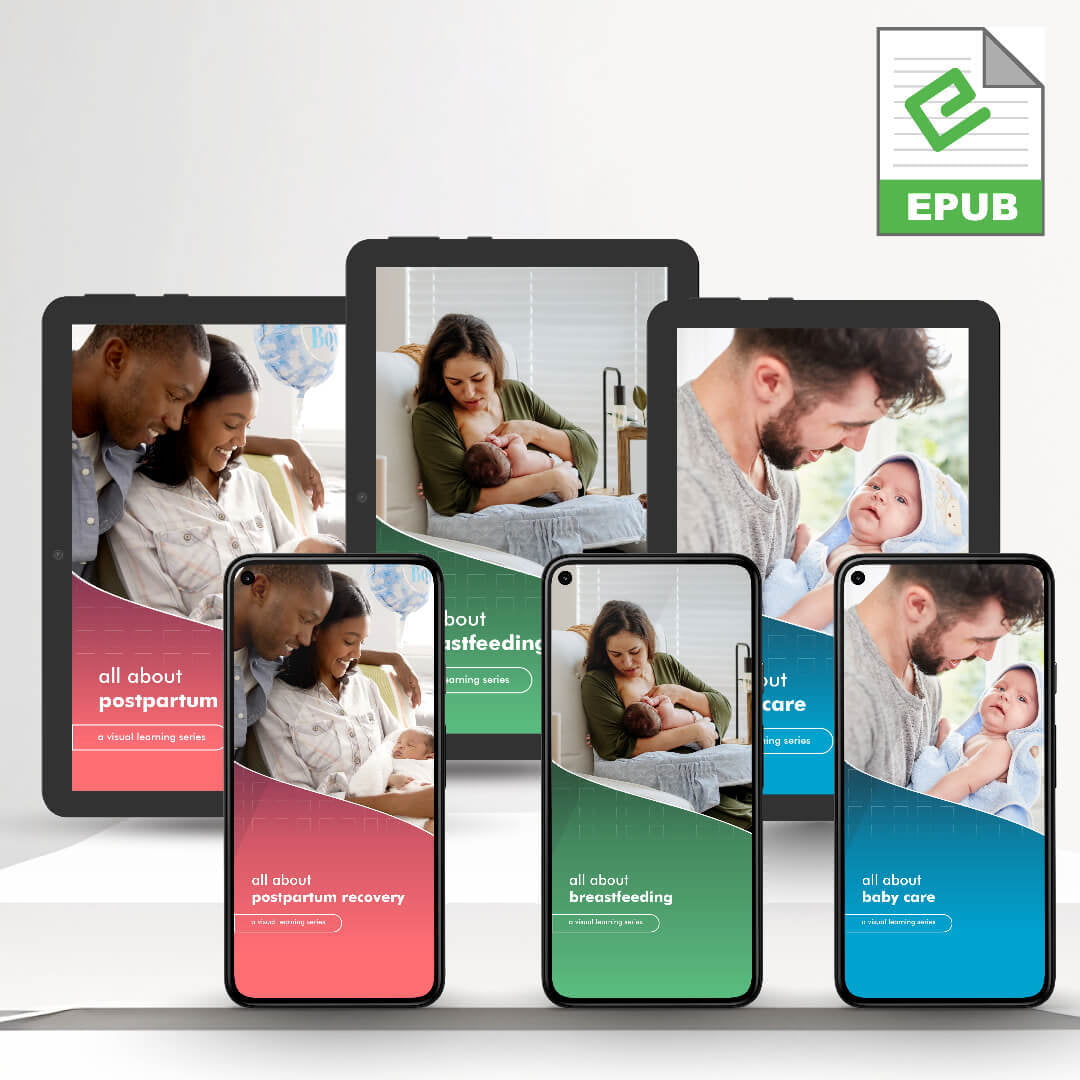
The History of eBooks and Their Growth
The concept of eBooks has been around longer than you may think! The first mention of a portable reading device was made in the 1930’s in Bob Brown’s manifesto, where he stated reading should find a new medium, “A simple reading machine which I can carry or move around, attach to any old electric light plug and read hundred-thousand-word novels in 10 minutes if I want to, and I want to.”[5] That’s also around the same time paperback books debuted. Though it sounds a little like our modern day e-readers, it was not until the late 1990s that a device specifically for reading digital books was introduced. It was followed by the well-known Amazon Kindle eBook launch in 2007. In 2010, Apple released the iPad, iBooks, and its iBookstore on iTunes, selling half a million eBooks in less than a month.[4] Google's eBookstore also launched, and Amazon reported that, for the first time, eBook sales surpassed hardcover book sales. The rise of eBooks is no joke! Fast forward a decade, and Statista reported that 191 million eBooks were sold in 2020 in the United States alone.[5] Though print books remain a popular reading format, there's been an uptick in the number of Americans who report reading eBooks, which has increased from 25% to 30% in recent years. In ages 19–29, popular ages for those starting families, the percentage of those reading eBooks is already 42%, according to research published in 2022.[6] The bottom line for anyone providing education services is to ensure you offer eBooks to meet this population's learning preferences!
A Definition of eBooks
Understanding the Types of eBooks
EPub (reflowable)
This is the most widely supported and user-friendly eBook format, compatible with most e-readers and devices, except Amazon Kindle. EPub files have the extension .epub. This type of eBook allows for reflowable content, meaning the user can control their reading experience. Some typical user features include:
- choosing light, sepia, or dark backgrounds
- choosing the font type, size, and spacing
- changing the formatting to increase line spacing, justification, and white space around the edges
- setting the screen to use swipe or scroll
- read-aloud functions on a desktop computer for better accessibility
- setting bookmarks, highlighting, and notes
The features depend on both the content provided by the publisher in the eBook and the capabilities of the e-reading platform you're using. It's worth noting that even if you have two books from different publishers on the same platform, they might offer different attributes and functionalities.
EPub (Fixed-layout)
PDF (Portable Document Format) is a widely used format for eBooks, especially for graphic-heavy content like illustrated books, comic books, and textbooks. Unlike EPUB, PDFs have a fixed layout, so the text and images don't adjust to fit the screen. The extension for PDF files is .pdf. Have you ever opened and viewed a PDF on your phone? Reading them on a small device with pinching and zooming is certainly possible. However, this format is better suited for larger screens like tablets or computers.
MOBI
MOBI is Amazon's proprietary format, primarily used for Kindle devices and the Kindle marketplace. It's not as common as EPUB, but it's essential for Kindle users. The extension for MOBI files is .mobi.
AZW/AZW3
AZW is another proprietary format Amazon uses for Kindle devices. AZW3 is an updated version of AZW, offering more features and flexibility. These files have the extensions .azw and .azw3, respectively.
IBA
Types of eBook Readers
What is DRM?

Coupon Code: SAVE30-Ebooks
As a token of appreciation for your interest in digital health education, we're offering you a special discount on your first eBook on Life Events' Glassboxx e-reading app. This discount code is an excellent opportunity to experience our eBooks' convenience and interactive learning features. Join us in embracing the future of learning and taking the next step in your digital health education journey.
Are you ready to purchase a library package for your clients? Contact us at orders@lifeeventsinc.com and mention this blog for a special discount on your first purchase.
Final Thoughts
Life Events remains your trusted partner as technology advances the opportunities for learning and sharing information in new ways. Our commitment to innovation and a transformative approach to health education sets us apart. Learn more about Life Events' library of maternity print books, eBooks, and apps on our solutions page, or get in touch if you're interested in custom-branded eBook library solutions. Experience the difference with Life Events, where innovation meets education, and where the future of health information is not just digital but also incredibly accessible and enriching.
Sources
[1] Sung, Chiu-Kuei, Chien-Lin Kuo, and Jen-Tse Kuan. “The Effects of Interactive eBooks on Dyspnea Assessment and Management among Emergency Medical Technicians: A Repeated-Measures Analysis.” Healthcare 10, no. 10 (October 1, 2022): 1932. https://doi.org/10.3390/healthcare10101932.
[2] Hanover Research. (2016, October). McGraw-Hill Education 2016 Digital Study Trends Survey. Retrieved from https://www.infodocket.com/wp-content/uploads/2016/10/2016-Digital-Trends-Survey-Results1.pdf.
[3] Commercial Waste. “E-Readers vs Books: Which Are Better for the Environment? ♻CW,” May 31, 2022. https://commercialwaste.trade/e-readers-vs-books-better-environment/.
[4] “Ebook.” In Wikipedia, December 28, 2023. https://en.wikipedia.org/w/index.php?title=Ebook&oldid=1192230393.
[5] Statista. “E-Book Unit Sales in the U.S. 2020.” Accessed January 1, 2024. https://www.statista.com/statistics/426799/e-book-unit-sales-usa/.
[6] Faverio, Michelle, and Andrew Perrin. “Three-in-Ten Americans Now Read e-Books.” Pew Research Center (blog). Accessed January 1, 2024. https://www.pewresearch.org/short-reads/2022/01/06/three-in-ten-americans-now-read-e-books/.
[7] University of Johannesburg. “UJ the University of Johannesburg Gauteng South Africa.” Accessed January 1, 2024. https://uj.ac.za.libguides.com/UJeBooks/formats.




